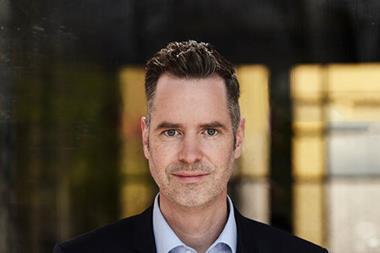It has been a good year for Finland’s Association of Pension Foundations. In July legislation came into effect allowing employers to transfer schemes from pension companies to funds and foundations.
Finland has a generous earnings-related first pillar system, partly funded but mostly PAYG. There is no ceiling on earnings and everyone, regardless of income, receives 60% of their final salary.
To ensure competition the country has devolved the collection of contributions, which, in the private sector, is carried out by private institutions.
These comprise pension funds and pension foundations, for which the association speaks, and employment pension insurance companies.
The idea was that employers who were dissatisfied with their pension provider could freely change to another institution.
But in reality, while it was possible to shift to a pension firm from a fund or foundation, companies wanting to leave insurance companies could not take their assets with them.
The changes are aimed at injecting greater competition into Finland’s insurance-dominated market. “We have achieved our goal,”says Folke Bergstrom, secretary general of the association. But, he adds: “It’s too soon to
say how many companies will transfer.”
The association is also optimistic that the government will legislate to allow funds and foundations to offer defined contribution schemes.
Currently the first pillar earnings-related scheme is defined benefit. So are the voluntary occupational schemes handled by funds, foundations and insurers. Only personal pensions, run by insurers, are defined contribution.
“Nothing is written down but we have had discussions with the minister,” says Bergstrom. “Last year and the year before employers were asking to have the legislation changed so that they can set up DC schemes.”
If successful, the funds and foundations will be getting into DC at a time when Finland’s personal pension market is expanding.
In 2002, the number of new contracts for voluntary private pensions rose from 44,500 to 72,500. Voluntary pensions offer flexibility. People can decide to retire early, rather than continue to work up to 65.
They are also useful for employees who need to extend their pension history. Those who have not worked for the full 40 years necessary to receive the maximum statutory pension can use a personal pension to top up their entitlement.
Finns have also lost faith in the first pillar system after a series of downward adjustments.
Plans to increase the average retirement age by introducing flexible retirement and calculate pensions on an employees’ total earnings instead of the last ten years are designed to ensure the continuing health of the statutory system.
But these changes are also likely to cause a substantial rethink of the need for second pillar voluntary group pensions and the role of voluntary personal pensions. This could mean an increasing use of DC plans, or a DC element within existing DB plans.
“I think the law will change, because it’s possible to have DC schemes in life insurance companies, therefore it must be possible to have them in funds and foundations. It’s very important for us to be able to compete with insurance companies,” says Bergstrom.












No comments yet